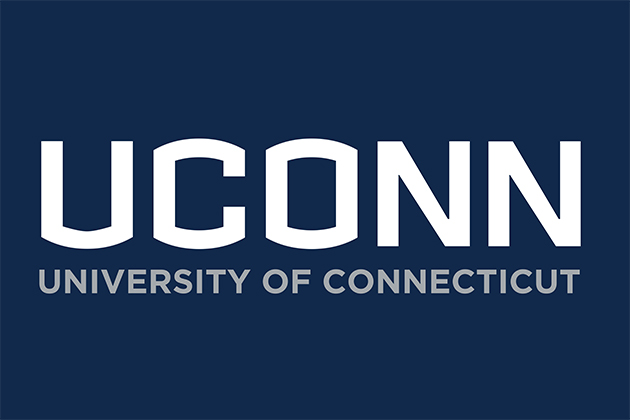UConn will close its Torrington campus at the end of the spring semester, based on declining enrollment, which has hampered the University’s ability to provide an experience at that regional campus that is equivalent to other UConn locations.
The UConn Board of Trustees voted Wednesday to authorize closing Torrington and to direct University officials to start the transition, which includes offering every UConn Torrington student the opportunity to continue at other UConn campuses.
The Torrington campus is the University’s smallest location and has struggled with declining enrollment, despite efforts to recruit and retain undergraduates through increased marketing, scholarships, and outreach to the region’s high schools.
The number of college-bound high school seniors in northwestern Connecticut has dropped in recent years and is slated to continue that decline, resulting in a smaller pool of potential UConn students for the small commuter campus. It also competes with other regional campuses in the area for student enrollment.
The entering freshman class over the past five years has ranged from 53 to 62 students. That is about one-fifth the size of the University’s freshman class at its next smallest regional campus, and represents a 15 percent decline since 2011.
Total fall enrollment at Torrington over the same time period has ranged from 177 to 249 full- and part-time students, a fraction of the enrollment at any of the University’s other regional campuses. This limits students’ interaction with other students, which is crucial to a qualitative learning process – be it through classroom discussions, casual conversations, or the kinds of student clubs and organizations that are in place elsewhere at UConn.
This spring, enrollment at the Torrington campus has dropped further, to 136 students – of whom only 88 are full-time.
In addition, only one tenure-track faculty member is teaching in Torrington, resulting in minimal opportunity for students there to take classes with full-time instructors and reap the benefits of broad opportunities for mentorship, professional references, and research internships and experiences.
“Recommending the closure of the Torrington campus is not something we take any pleasure in doing, but it is a reflection of the reality we face,” UConn President Susan Herbst said Wednesday. “The state’s financial situation and its effect on UConn means that we have to think very strategically about where we devote our resources over the long term.”
The decision was also driven by declining interest among students, falling enrollment, a limited faculty, and changing regional demographics, she added.
“Our best marketing and student recruitment efforts were not enough to reverse these trends,” Herbst said. “Combined, these factors meant that we were no longer able to provide a high-quality education at the Torrington campus.”
Closing Torrington’s undergraduate academic programs will not affect the agricultural extension facility and its programming located on the campus. The University will cooperate with the City of Torrington and other state agencies on suitable new uses for the land and buildings.
In addition to the enrollment concerns at UConn Torrington, the campus faces physical infrastructure challenges that prevent it from providing the science labs necessary for college-level courses.
That forces students to take these courses elsewhere – predominantly at Northwestern Community College or UConn Waterbury, which is about 30 minutes away and has state-of-the-art facilities and a larger contingent of tenure-track faculty and researchers.
The UConn Torrington campus currently needs at least $8.6 million in capital improvements over the next 10 years. These costs do not include any additional expenses for updating labs, classrooms, and other research and academic spaces to support the needs of students and faculty.
In light of Wednesday’s decision, UConn has developed a transition plan that includes several steps to help students transfer elsewhere, with a minimum of potential disruption, to complete their degrees.
UConn will offer all currently enrolled Torrington students the opportunity to continue at other UConn campuses, and will work closely with them to help if they decide to transfer to another university for the fall 2016 semester.
For students admitted to Torrington for fall 2016, UConn will notify them within a week of the plan to close the campus and will provide options to enroll at another UConn campus. Enrollment deposits, application fees, and other advance payments made to UConn would be reimbursed to any of those new students who opt not to enroll at UConn.
Students who choose to transition to the nearby UConn Waterbury campus would be part of an incoming freshman class there of approximately 325 students, and would become part of a total student body of about 900 undergraduate and graduate students.
The University will offer academic advisement and financial aid counseling sessions at the Torrington campus to help students make these decisions, and will work with high school guidance counselors to ensure they’re aware of the options available.



